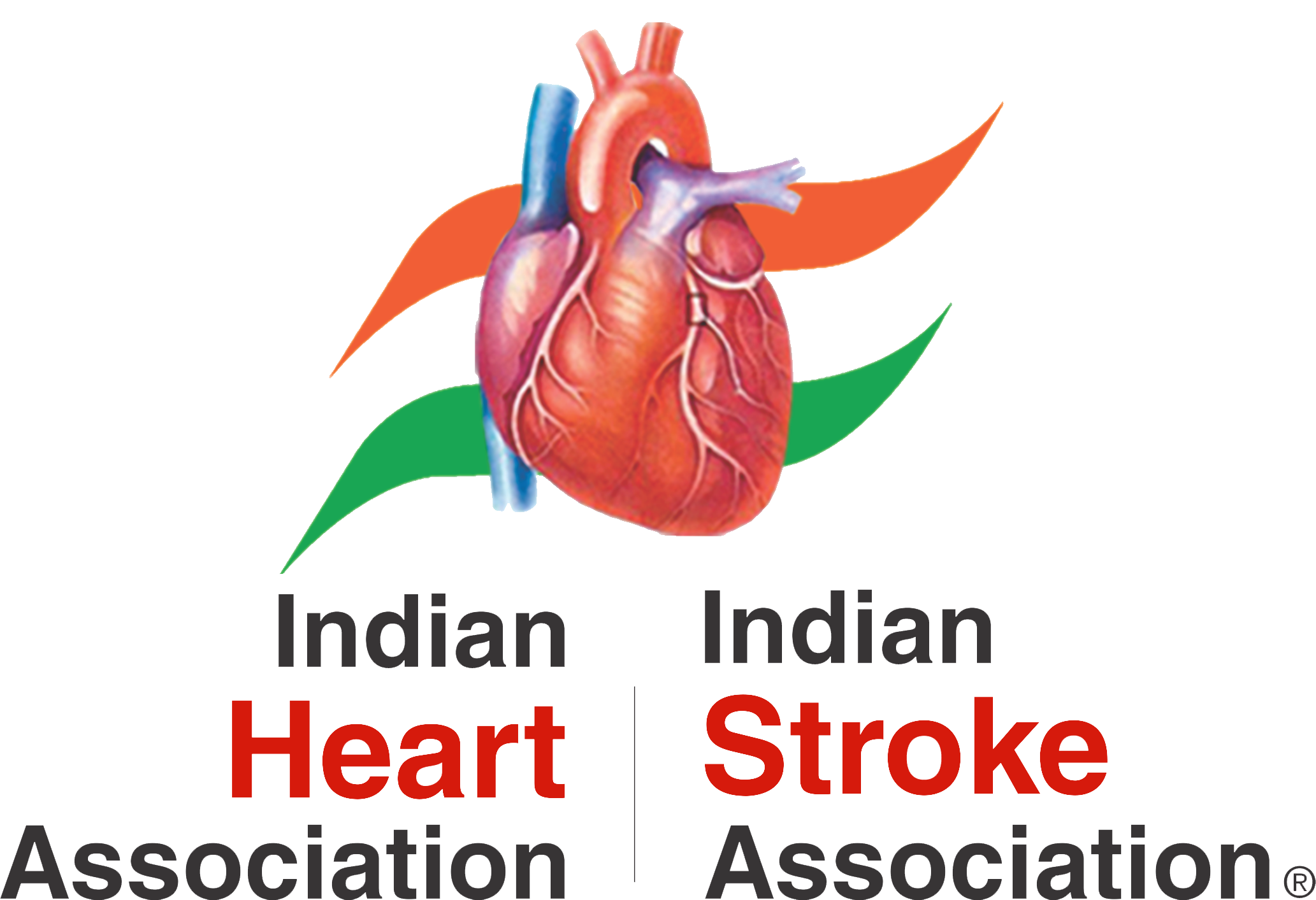Published by the Indian Heart Association
Reviewed by the Physician Team of Indian Heart Association

Heart Failure in Indians – Symptoms, Types, and Treatment
What You’ll Learn in This Article
- What is Heart Failure?
- Symptoms of Heart Failure
- How is Heart Failure Diagnosed?
- Causes of Heart Failure
- Treatment Options
- Can Heart Failure Be Prevented?
What is Heart Failure?
Heart failure in Indians occurs when the heart can’t pump blood efficiently. This leads to fluid buildup, shortness of breath, fatigue, and organ congestion. While often gradual, heart failure may eventually affect daily life and survival.
Most cases are caused by problems in the left ventricle. These include:
- HFrEF (Heart Failure with Reduced Ejection Fraction) – heart muscle becomes weak
- HFpEF (Heart Failure with Preserved Ejection Fraction) – heart muscle becomes stiff
- HFmEF (Mid-range EF) – mix of both dysfunctions
Symptoms of Heart Failure
Symptoms often begin subtly and worsen over time:
- Fatigue or breathlessness with activity
- Wheezing, coughing, or shortness of breath at rest
- Swelling in legs, ankles, or abdomen
- Weight gain or frequent nighttime urination
- Difficulty lying flat (requiring extra pillows)
How is Heart Failure Diagnosed?
Doctors use a combination of tests:
- Blood tests for cardiac markers
- Chest X-ray to detect lung fluid or heart size
- Echocardiogram to check ejection fraction and heart structure
HFrEF is diagnosed when EF is under 40%. HFpEF means the EF is normal (>50%) but the muscle is stiff. HFmEF lies in between (40–49%).
Causes of Heart Failure
Heart failure in Indians may result from:
- Coronary artery disease
- High blood pressure (hypertension)
- Heart valve disease or past rheumatic fever
- Heart attack
- Arrhythmias (irregular heartbeat)
- Cardiomyopathy
- Diabetes, thyroid issues, or alcohol overuse
Treatment Options
The goal is to relieve symptoms, improve life quality, and prevent hospitalizations. Treatment may include:
- Low-salt diet and fluid restriction
- Diuretics to remove fluid
- ACE inhibitors or ARBs to ease heart workload
- Beta-blockers to regulate heart rhythm
- SGLT2 inhibitors (like dapagliflozin) to support heart function
- Entresto (sacubitril/valsartan) for HFrEF
HFpEF treatment focuses on blood pressure control and managing symptoms. Advanced cases may require valve repair, angioplasty, or a heart pump (LVAD).
Can Heart Failure Be Prevented?
You can lower your risk of heart failure by managing heart disease risk factors:
- Eat a healthy, low-salt diet
- Control your blood pressure and cholesterol
- Maintain a healthy weight
- Exercise regularly
- Avoid smoking and limit alcohol
Early diagnosis and proactive management of heart conditions can delay or prevent heart failure progression.
The Indian Heart Association encourages Indian families to recognize early signs of heart failure in Indians and take proactive steps. With the right care, quality of life and longevity can both improve.
🩺 Explore more resources at our Health Content Hub.
🔗 For expert content, visit the Harvard Health Heart Failure Center.
